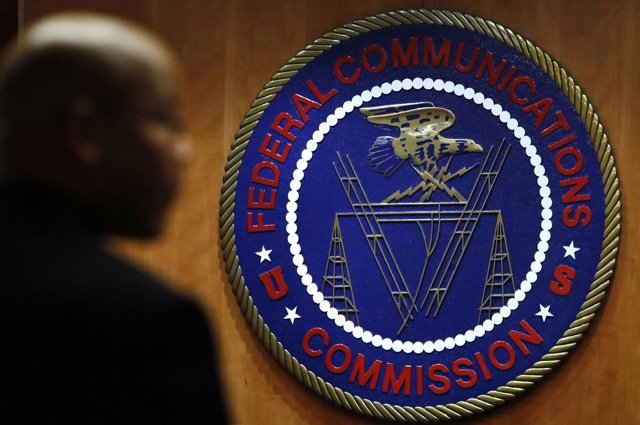Maps, Grants, and Labels: Major updates from the FCC
The FCC has been busy solving pieces of the digital equity puzzle and we hope to take a moment to both applaud the FCC’s work as well as spread the word on its effort. We are also hoping our partners, advocates, and community members can work together with HTTP and the FCC to take advantage of these historic opportunities and continue to ask how we can make these pieces work better for all consumers.
Image via AP
BROADBAND MAPS
Late last week, the FCC released a pre-production draft of its new National Broadband Map (“Map”). Using existing census block-level data, the Map identifies where broadband is needed the most at the local level. Chairwoman Rosenworcel said in a press release that the Map will paint a “more accurate picture of where broadband is and is not, local, state, and federal partners can better work together to ensure no one is left on the wrong side of the digital divide.” You can check out the Map here.
HTTP calls on its national partners and community organizers to help the FCC identify where the Map is falling short. Although the Map is revolutionary, problems should be expected because of its novelty. Previous census blocks do not provide the granular scope needed to identify where exactly broadband is missing. Seventy-five percent of a census block can have broadband service, meanwhile, small portions of the same block that do not have access to broadband will be counted as having broadband under the current purview of the map. These discrepancies can happen in large cities or rural communities which is why it’s imperative for our communities to submit challenges to the FCC. To submit a location challenge, simply find where the inconsistency is on the map, click on the purported green dot, and there is a “challenge location” hyperlink in the upper right-hand side of the locations’ information box. Map accuracy and challenges are directly correlated to the amount of funding the FCC and other government agencies will designate to invest in certain areas of the U.S. To learn more about how to submit a location challenge, click here. Map challenges are due on January 13th, 2023.
ACP GRANT OPPORTUNITIES
In addition to the Map release, the FCC issued a Notice of Funding Opportunity (NOFO) for up to $60 million for the National Competitive Outreach Program and $10 million for the Tribal Competitive Outreach Program. These programs seek to empower trusted messengers and community anchors and Affordable Connectivity Program (ACP) community partners in reaching historically underserved communities. HTTP urges its partners to apply for this funding as it will help increase the participation of eligible households in the ACP. HTTP has been working to increase eligible Latino households to enroll in the program with the bilingual ACP Para Mi website that serves as a resource for families and community advocates. ACP Para Mi has been invaluable in working with community partners across the US and we hope the FCC Grants will continue to enroll all eligible households in the program. Click here to learn more about eligibility for the ACP Grants and how to apply for them. Note, applications must be submitted no later than January 9, 2023. Successful applicants will be awarded funding on or before March 10, 2023. For more information visit the grant page with the FCC here or email: ACPgrants@fcc.gov.
Updated 12/1 from the FCC: “To assist eligible entities in preparing to submit a complete application, the FCC will host Office Hours from 12:00 Noon to 1:00 P.M. EST on December 1, 2022; December 16, 2022; and January 4, 2023. To participate in the Office Hours, interested parties must register to attend at: https://fcc-gov.zoomgov.com/webinar/register/WN_mRzSm63PRzSxEufsRNBe9Q.”
BROADBAND LABELS
The last development HTTP is excited to share is the adoption of new rules requiring Internet Service Providers (“ISPs) to display easy-to-understand broadband labels. These labels mirror the nutrition labels found on food products displaying nutritional information. Instead of calories and fat, the broadband labels will display what consumers want – prices, speeds, fees, data allowances, and other critical information. Although the current labels still require some English language and basic technical knowledge, they are a step in the right direction as now ISPs will be required to display this information at Point of Sale so that consumers can make the best decisions for their households.
These labels paired with new maps and historic grant opportunities with the FCC; all while continuing to spread news about ACP Para Mi step-by-step guide; will continue to push historically underserved communities closer to equal digital opportunities.

